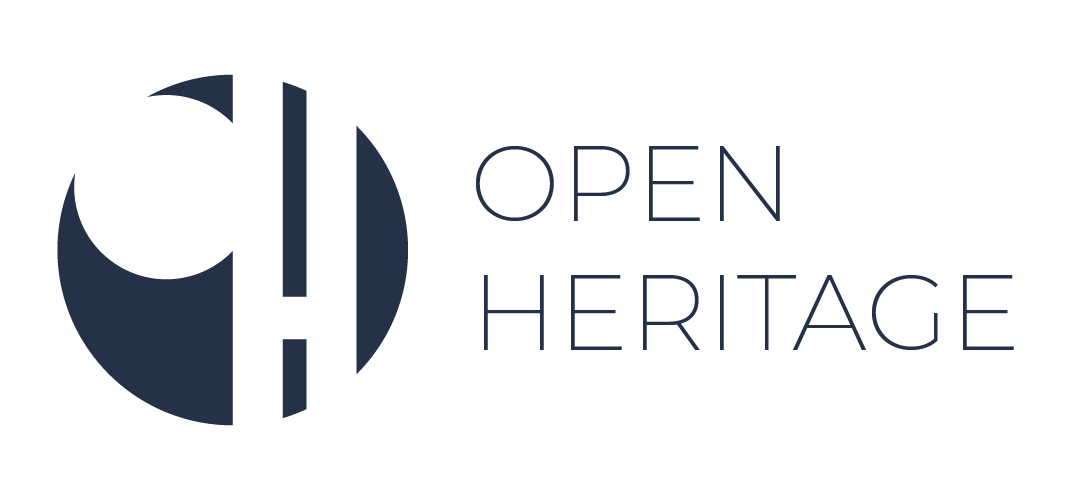The glossary entries are the result of a collaborative process among OpenHeritage consortium partners and have undergone an internal review. However, they only express the perspective of the authors listed under each term, not of all partners. You can find information on the glossary production process and the full glossary here.
Andrea Tönkő
Metropolitan Reseach Institute, Budapest, Hungary, tonko@mri.hu
Hanna Szemző
Metropolitan Research Institute, Budapest, Hungary, szemzo@mri.hu
Short definition
Resource integration means the process of choosing, managing and integrating different types of financial and non-financial resources with the aim to create new values. Successful integration is the result of a sound managerial process and the application of an innovative inclusive business model.
Resource integration builds on the idea that actors produce, exchange, and integrate resources with other actors to realize outcomes that they cannot achieve alone. Actors in the resource integration process include both people (such as customers, suppliers and other stakeholders within a network of relationships), and policies or government bodies. This definition implies that resources do not have a value in themselves, but value is created collaboratively in interactive configurations of mutual exchange.
Resource integration can serve as an effective tool in cultural heritage-management as it improves awareness and involves citizens, organizations and other stakeholders in cultural heritage preservation, re-use and related activities. Bringing together the actors (stakeholders and policies) through involvement processes, it can also contribute to strengthen regional integration.
Key discussions around the term
The great diversity of heritage forms and the recognition of intangible cultural heritage expanded the notion of cultural value and raised the need for a new approach in financing and management, necessitating a model which places value co-creation at its centre (Barile and Saviano, 2014). Value co-creation builds on the idea that actors produce, exchange, and integrate resources with other actors to realize outcomes that they cannot achieve alone (Overkamp et al., 2018). The concept of resource integration needs to be understood as part of the value co-creation process.
The possibilities of value co-creation are always influenced by the specific social and cultural contexts (Chandler and Vargo, 2011). Another precondition of the process is that actors who interact with and through the system are allowed and able to integrate these resources with the ones that they already have access to. From a cultural heritage management point of view, it is important to stress that the exchange and integration of resources does not require ownership of all the resources, only access to them. Resources can also be accessed through lending or renting. Integration always takes the form of process(es), co-operation/collaboration and/or experiencing. As the collaborations are usually voluntary, the actors need to recognize the benefit from participation. If the benefit is not evident to the actors, then the collaborative activity is highly unlikely (Kleinaltenkamp et al., 2012).
To make the interpretation of resource integration and value co-creation even more relevant to the field of cultural heritage management, an integrated approach can be applied combining the governance and management methodology with the Viable System Approach (VSA). VSA is considering organizations and individuals as viable (open) systems. Some core concepts of the VSA include relationships, interaction, structure, system, consonance, resonance and relevance. With this integrated approach it is possible to describe and analyze organizational and operative management solutions that aim to foster resource diversification (public, private, public-private partnerships, civic initiations – crowdfunding) and develop a high level of consensus based on participation.
Reference list
Barile, Sergio, and Marialuisa Saviano. 2014. “Resource Integration and Value Co-creation in Cultural Heritage Management.” In Management of Cultural Products: E-Relationship Marketing and Accessibility Perspectives, ed. by Lucia Aiello, 58–82. Hershey PA: Business Science Reference.
Chandler, Jennifer D., and Stephen L. Vargo. 2011. “Contextualization and Value-In-Context: How Context Frames Exchange.” Marketing Theory 11, no. 1: 35–49.
Kleinaltenkamp, Michael, et al. 2012. “Resource Integration.” Marketing Theory 12, no. 2: 201–205.
Overkamp, Tim, et al. 2018. “Resource Integration as a Perspective on Value in Interaction Design.” In Proceedings of the 32nd International BCS Human Computer Interaction Conference, July 2018, article no. 79. Swindon UK: BCS Learning & Development Ltd. https://doi.org/10.14236/ewic/HCI2018.79
